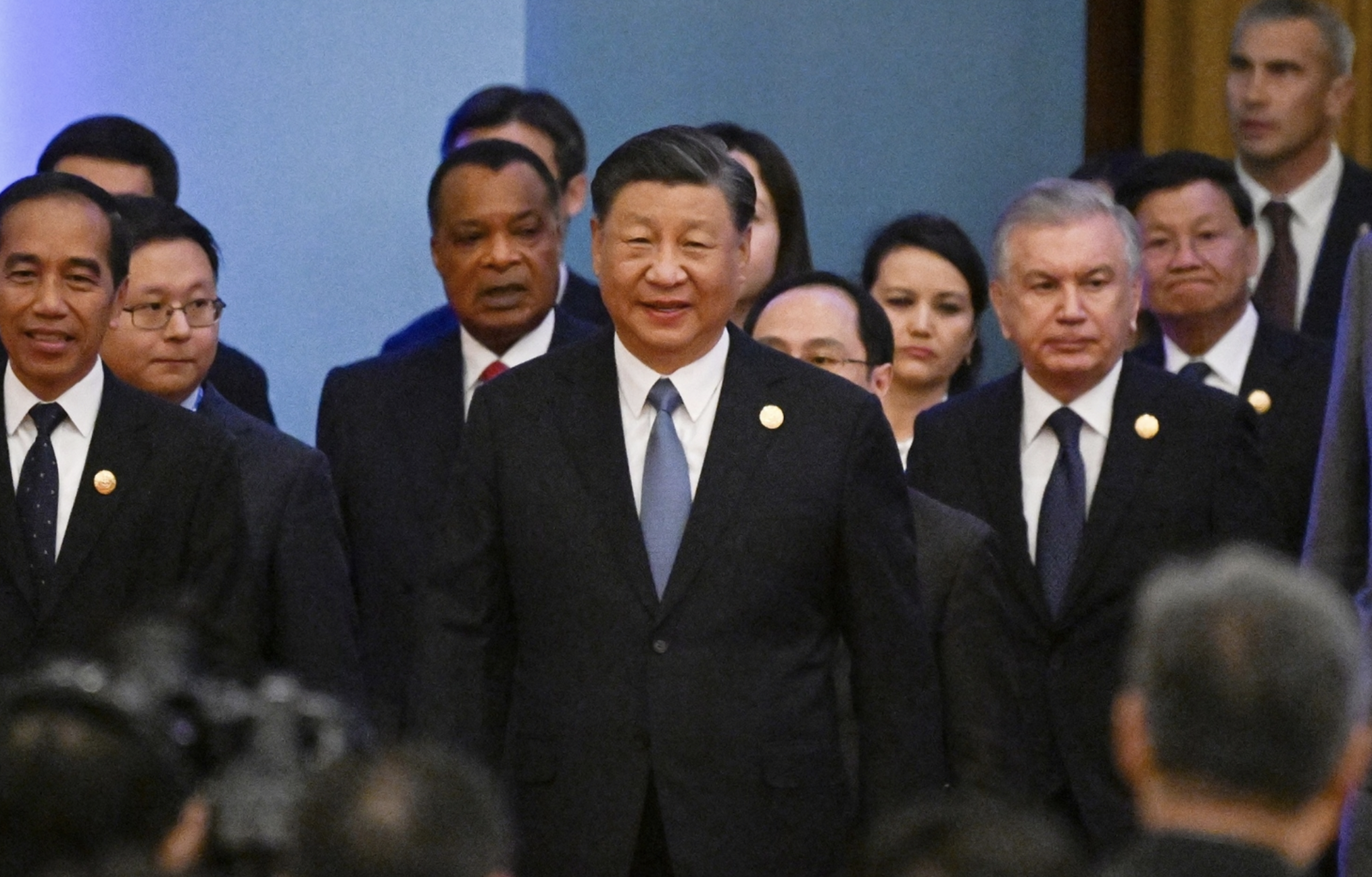China’s Vision for World Order
In October, in front of leaders from Asia, Africa, Latin America, Eastern Europe, and the Middle East, Xi Jinping stood triumphant in a celebratory keynote address celebrating the tenth birthday of his Belt and Road Initiative (BRI). The speech, delivered at the BRI Forum, championed the initiative’s successes and charted a path toward a version 2.0 that will be smaller, greener, and more focused on diplomacy. The speech depicted China as an alternative standards-setter for the developing world in artificial intelligence, climate resilience, and attainable modernization.
A white paper released in the run-up to the Forum more explicitly explains the Party’s read on the state of the world—and its origins. The paper distinguishes the BRI from the “old colonial path” taken by rich countries over much of the last century. The BRI, the white paper says, “will not transfer problems, use neighbors as beggars, or harm others to benefit itself.” Instead, it will create “win-win” opportunities and liberate developing countries from operating within the global system the Party sees as a creation of the U.S.
That leaders from more than 20 developing nations attended the celebration suggests they are at least somewhat wary of the U.S.-led global affairs status quo. That skepticism creates convenient space for China, a country that has long since retired its “hide and bide” approach to international relations, reframing itself as the leader of the developing world.
China’s leader Xi Jinping’s Global Civilization Initiative (GCI) is the most recent in a line of global development and outreach proposals, including the BRI as well as the Global Security and Development Initiatives. The GCI demonstrates that Xi wants China to lead not only in implementing global governance, but in conceptualizing why and how it should exist.
Read the whole article via ChinaFile here.
